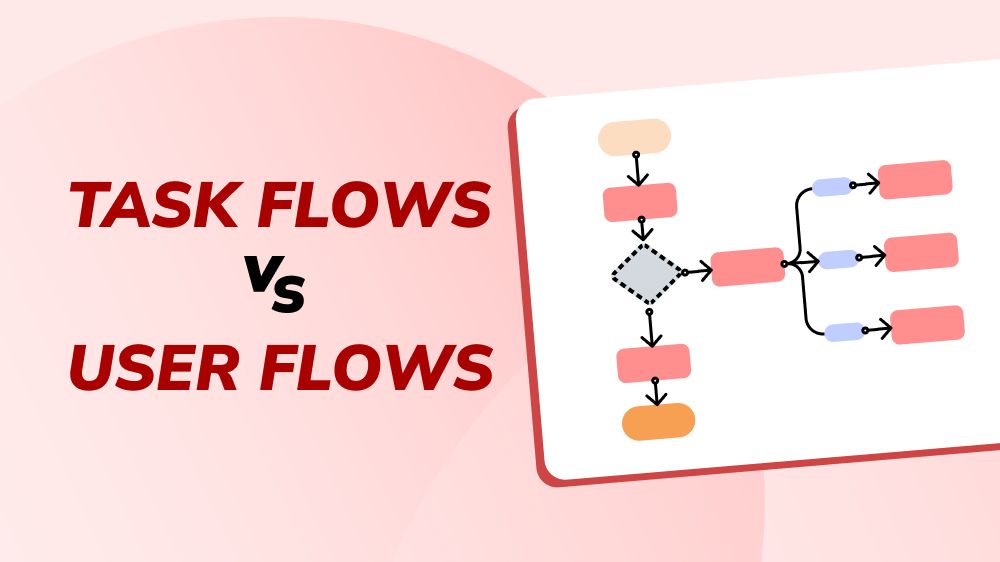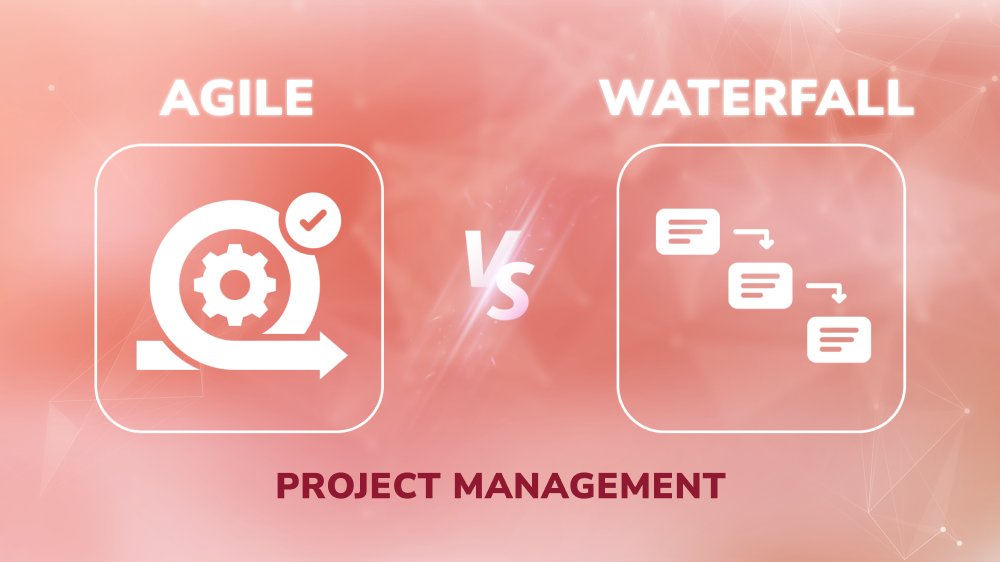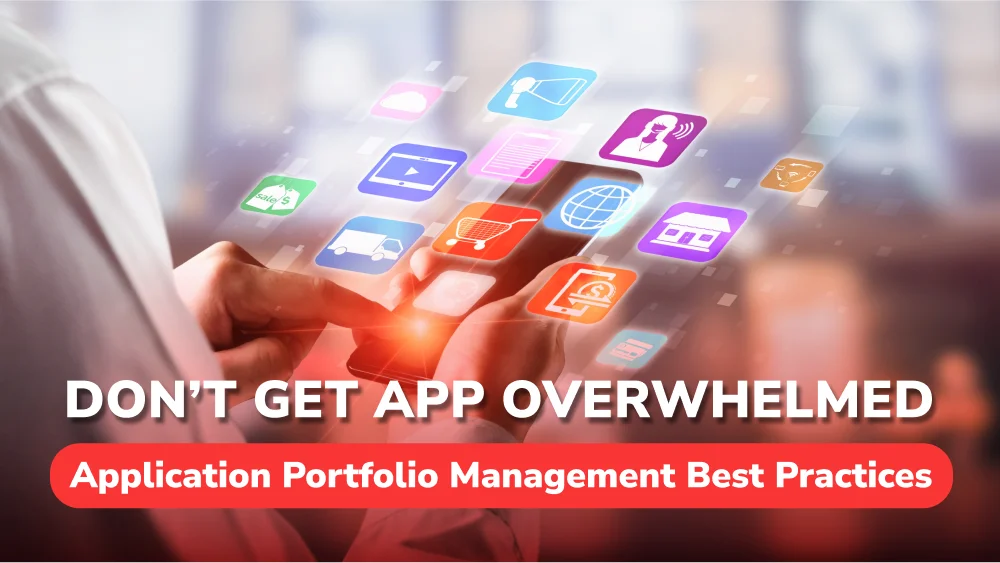The Basics of Application Performance Management Software
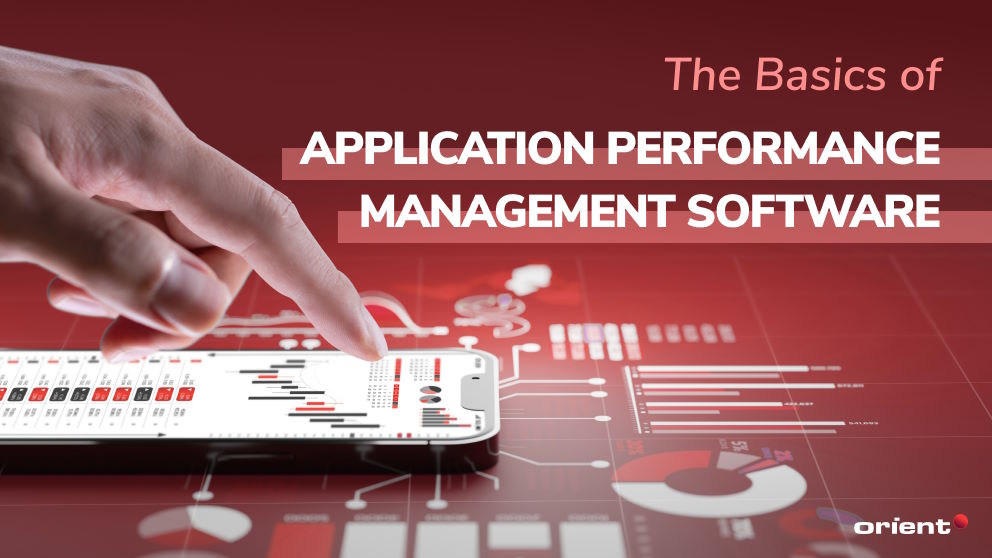
Content Map
More chaptersWhether you are launching a new application or updating an existing one, application performance management (APM) is integral to addressing issues in real-time and continually improving the user experience.
The need to monitor app performance is one that benefits all stakeholders: business owners, software developers, and end users. Business owners get the assurance that their products are of the highest quality, software developers can address and resolve performance issues as they come, and end users benefit from a consistently enjoyable user experience.
That said, given how complicated modern apps can be, knowing what performance metrics to monitor and what is considered ‘acceptable’ performance (under specific use-case scenarios) can be tough to figure out. In this article, you will find out what application performance management is, how it works, its advantages and disadvantages, and the key features to look for in application performance management tools.
What Is Application Performance Management (APM)?
Application performance management is the practice of managing and monitoring the performance metrics related to an application. These metrics can relate to different aspects of an app, from simple details like page loading times and response times to more advanced details like the status of connected Internet of Things (IoT) devices. Even the tiniest performance hiccups can make a big difference. Did you know that as page loading times go from 1 second to 10 seconds, the probability of a mobile visitor leaving increases by 123 percent?
Specialized software (typically called APM software) is used by developers to gain a big-picture overview of the many performance metrics that relate to the accessibility, functionality, and reliability of their apps, facilitating the application performance management process.
Aside from giving developers a single source of truth for each performance metric, APM software also allows users to customize the type of metrics they monitor. This enables them to proactively monitor the metrics that are most relevant to their quality assurance goals. They can also set up predefined performance benchmarks, enabling them to easily compare expected vs actual performance and set up automated workflows.
How Does Application Performance Monitoring Work?
Developers use APM software to monitor all kinds of performance metrics, ranging from response times and availability to network speeds. It also monitors metrics related directly to the user experience, such as purchase transaction times and recorded service interruptions. Some of the most common metrics that APM software monitors include:
- End-user Experience Monitoring: Monitoring the components that are most relevant to the digital experience monitoring, such as page loading times, response times, accessibility, menu navigation, and heaps more.
- Application Monitoring: Monitoring the backend components of an app, including the app framework, database, operating system, application programming interface (API), product management, and more.
- Availability Monitoring: Monitoring the availability of the app and any hardware associated with the app - e.g., IoT devices.
- Infrastructure Monitoring: Monitoring various indirect components related to the app’s performance and reliability, including web servers and networking infrastructure.
Of course, this is just a general overview of some of the most common performance metrics — some APM software may monitor more or less or prioritize different metrics altogether to service a particular niche or industry.
Either way, these metrics help give developers a good sense of how well their apps are performing, whether any performance or user-related issues are present, and what can be done to resolve issues in a timely and efficient manner.
What Are the Pros and Cons of Application Performance Management Solutions?
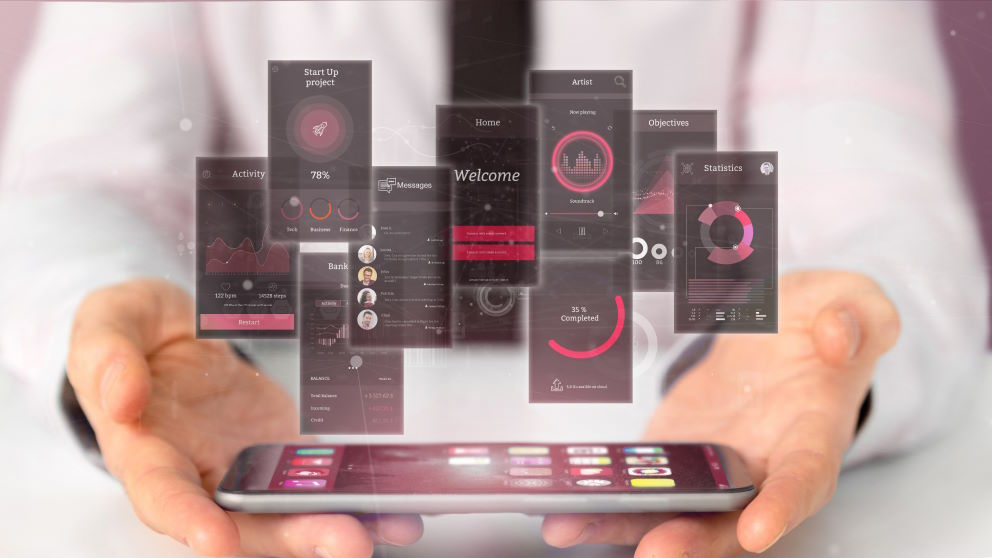
There are many advantages and disadvantages to using APM software. Understanding these talking points can help you better understand what APM software does well, where it falls short, and how you can go about maximizing the potential of your APM software. Here’s what you need to know.
Advantages of APM Software
Clear Overview of the Health and Status of Apps
The greatest advantage of APM software is that it provides real-time insight into the health, status, and performance of your app. From the convenience of one dashboard, users can monitor every aspect of your app, from database monitoring and page loading times to user-defined transaction profiling, without having to swap between separate monitoring tools. Best of all? APM software can provide real user monitoring, notifying users when a potential issue is on the horizon and what to do.
Address and Resolve Issues Early
Another advantage of APM software is how clever it is at detecting problems. This is because the software is configured to compare predefined benchmarks to actual performance. So, if there is a discrepancy between the actual performance of the app compared to the expected performance of the app, then the software will flag the discrepancy as an issue. From there, engineers can evaluate the situation, identify the source of the performance problems, and provide a viable solution.
Ensure Compliance Across Industries and Regions
Every company has specific regional and industry guidelines to follow. APM tools help streamline compliance, enabling users to set predefined compliance benchmarks. If certain criteria are not being met, the software will notify the user. They can then take the necessary steps to address the issue.
Data privacy and security are important compliance benchmarks to track. Standards, such as those set by the General Data Protection Regulation (GDPR), determine when companies can and cannot collect sensitive personal data and how they must go about processing and disposing of that data. The use of APM software can help ensure compliance in all areas that are relevant to your business.
Disadvantages of APM Software
Requires Training and Monitoring of the Correct Metrics
APM software can be incredibly complicated and difficult to learn. The complexity of the software depends on what is used. But most APM software includes a range of features, such as business transaction monitoring and performing monitoring, which all must be configured and monitored to function properly.
Furthermore, businesses need to focus on the metrics that matter most to their apps. Ideally, all metrics should be monitored equally, but some may matter more than others – depending on the nature of the app. For example, monitoring web application performance testing is very different from monitoring mobile app performance.
Let’s say you’re releasing a single-page application (SPA) for mobile users. In that case, you’ll want to monitor data fetching issues, such as over-fetching and under-fetching. This occurs when an app either requests too much data (that won’t be used) or not enough data (so it has to do more API calls, resulting in longer waiting times). Addressing these very specific issues is vital to achieving optimal performance on your desired platforms and devices.
At Orient Software, how we work is different: We take a proactive approach to monitoring application performance. Using the latest tools and technologies, our highly skilled engineers monitor every aspect of your app, from performance and usability to security and much more. This gives you the assurance that your app is consistently safe, stable, and reliable. You also benefit from a proactive incident response system, where even the slightest performance discrepancy will be picked up by us and resolved before the matter can escalate.
Requires Constant Fine-tuning and Configuring
APM software, if misconfigured, may fail to detect specific performance discrepancies and fail to deliver the results you need. This can happen if the software is configured in such a way that the predefined benchmarks do not reflect what is possible in reality.
As a result, the software may inadvertently flag poor performance when, in actual fact, the app is running perfectly fine. The opposite can happen as well, where the app is underperforming, but the APM software thinks the app is running just fine. Properly configuring your APM software is essential to achieving consistently fair and reliable performance.
Not All APM Software Is Created Equal
Choosing the right APM software can mean the difference between poor or excellent app performance. There are many factors to consider when choosing APM tools. Ideally, a third-party software development company can take care of this for you, so you don’t have to worry about it. They will choose the best tools for the job, with the necessary features to monitor every aspect of your app. Most importantly, we clearly explain to you what our APM software does, how it works, and how it helps provide the best results when optimizing your app.
Ideally, your APM software should have a clean and intuitive user interface, be highly customizable, provide detailed reports and analytics, and take advantage of automation to streamline manual tasks, such as alerting users to performance discrepancies. Log management is another essential feature, as it enables users to collect, store, and analyze large volumes of data from disparate apps, providing a broad overview of performance across a broad spectrum of applications.
Key Features to Look for in APM Software
As we previously stated, your choice of APM software can have a significant impact on app performance. Furthermore, it can influence how quickly your team can identify and address performance bottlenecks, non-compliance, and other issues. For this reason, when it comes to APM software, make sure that it includes the following key features:
Intuitive User Interface
Your APM software should have a clean user interface. This means the software is easy to interact with and configure to suit your specific needs. A clunky user interface can make it hard for users to properly configure the software and address underperformance. It can also make it harder for non-technical users, such as upper management and business owners, to interpret the data.
Third-party Integration
Third-party integrations can enhance the capabilities of APM software beyond its standard features. You may be able to monitor metrics that were previously inaccessible to you, such as highly specific business transactions that relate to your business. Third-party integrations can also be used to address areas of the APM software that may be less than ideal. For example, if the APM software doesn’t have the best reporting features, then a third-party integration may help address that issue. It also eliminates the need to switch from one APM software to another. Integration testing can also confirm that the integration will function properly without compromising the rest of the software.
Insightful and Detailed Reports
Detailed reporting is essential to collecting, processing, and analyzing the data you receive. Without this data, you may struggle to identify trends and patterns, contextualize performance bottlenecks, and identify the source of specific problems. Make sure that your APM software has the ability to produce reports that are not just detailed but also easy enough for non-technical users to comprehend. This way, everyone is on the same page about the health and status of the app, minimizing confusion.
Customization Support
Being able to customize your APM software makes it easier to adopt a performance monitoring system that best suits your needs. Your software development team will work with you to determine what you require from app performance monitoring. Improved performance, compliance, usability, or security? Either way, fine-tuning your APM software will make it easier to monitor the metrics that are most crucial to helping your business achieve its goals.
Achieve Optimal Performance with APM Software
With so many advantages to APM software, it’s clear that using it to monitor apps is a great way to achieve optimal performance. Of course, choosing the right team (to use the software) is just as important as the software itself. That’s why it’s vital that you partner with a development team that is passionate about helping your app run brilliantly.
At Orient Software, our experienced team of engineers specializes in all areas of application support and maintenance, including performance monitoring. From optimizing page loading times to addressing navigation issues, we do it all. We are a multi-disciplined team that comes from different technical backgrounds and comes together to achieve amazing things.
More importantly, we use the latest tools and technology to ensure your app is running smoothly, up to date, and compliant with the latest standards. Best of all? We genuinely care about the success of your app and all the possibilities that success may bring you.
For more information about our performance monitoring and software development services, contact us.

